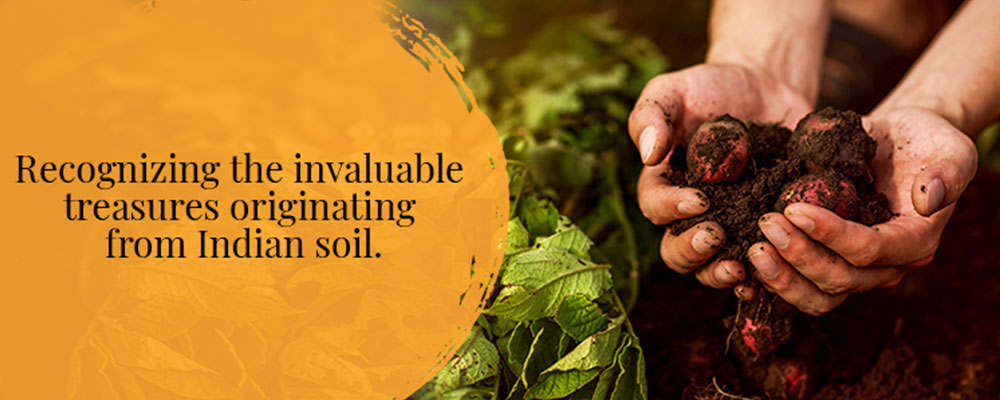






Ganjam Kewda Flower
Kewda, a bushy shrub know for the pleasant fragrance of its flowers is dominantly found in India along the coast of the Ganjam district in Odisha between the rivers Bahuda and Rushikulya in an area of 675 km sq. along the coast of the Bay of Bengal. The soil and climatic along the Ganjam coast are particularly suitable for its growth. The plant is found growing widely, often forming thickets along roadsides, borders of agricultural fields, banks of rivers and canals, and on the seashore.
The male flowers of the Kewda plant have a pleasant, fruity odour and find use as raw material in the perfume industry, forming the backbone of the economy of Coastal Ganjam. The aromatic extracts obtained from the Kewda flowers grown in Ganjam have been found to be of India. This is attributed to the favourable geo-climatic conditions in Ganjam for the growth of Kewda planation, in particular the tropical coastal climate along with high organic carbon content (0.63-1.24%) and water holding capacity (23-40%) of the soil found in the Kewda belt. With over 10 million Kewda flowers and 1,57,155 kg of Kewda industry generates business worth Rs.40 crores annually in the district. View Vendor List...

Ganjam Kewda Rooh
Kewda flowers are used as raw materials in distilleries in order to produce Kewda Rooh (100% pure Kewda extract) and two lower grade extracts, namely, Kewda Attar and Kewda Water. About 90% of India’s Kewda extracts are produced in Ganjam alone. The principal chemical constituent of the kewda extract which is responsible for the characteristic odour is 2- phenylethylmethylether (PEME – 60 to 80%).
Essential oils are extracted from the kewda flowers through the process of hydro-distillation. Depending on the concentration, 3 grades of distillates/ essences are produced – kewda rooh, kewda attar and kewda water. Kewda rooh or kewda absolute is the 100% pure kewda extract which finds use as a stimulant and an antispasmodic. Kewda attar is kewda extract absorbed into a base such as sandalwood oil for use in perfumery, cosmetics, tobacco flavouring and pan masala. Kewda water is a heavily diluted and cheap by-product of hydro-distillation suitable for use as a flavouring agent in sweets, desserts and soft drinks.
Even today, traditional distilleries are used for the extraction of Kewda essence. These distilleries consist of a row of copper pots (degs) that are filled with flowers and water. The degs are connected to second, parallel row of water basins (bhabka) via bent bamboo sticks (chonga). As the degs are heated, the volatile aromatic compounds enter the bhabka and get condensed into a distillate. There are 139 Kewda distillery units in Ganjam, primarily located along the belt of Kewda plantation. Ganjam alone accounts for 90% of Kewda production in India, with the Kewda industry generating ₹40 crores annually in the district. The industry employs small farmers, Women SHGs and entrepreneurs and forms the backbone of the economy of coastal Ganjam. View Vendor List...





